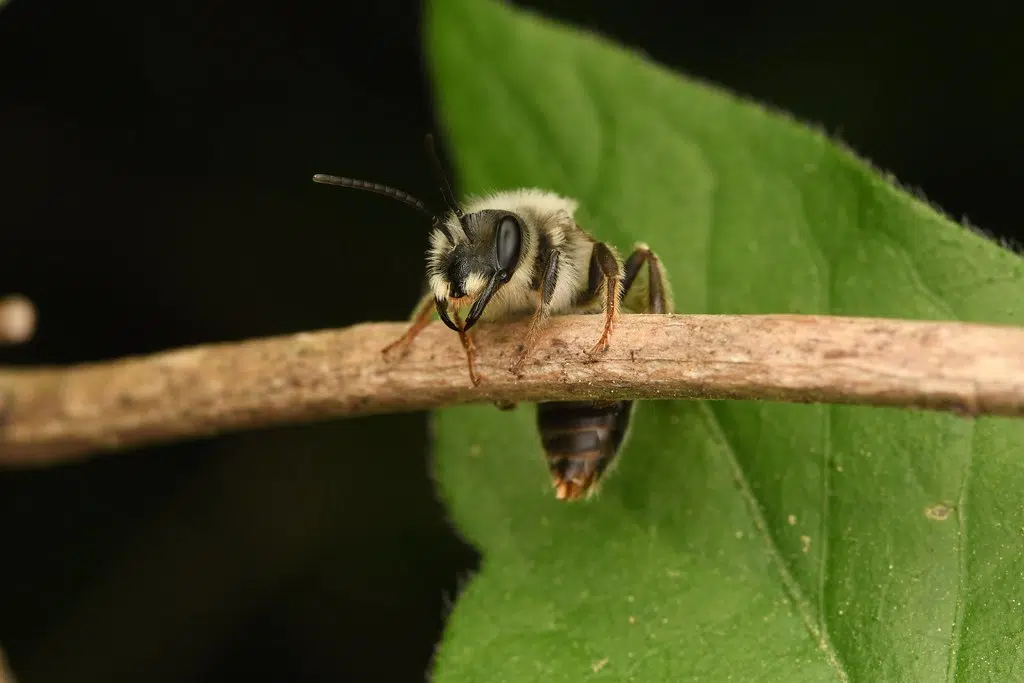Unveiling the hidden world of wild pollinators in quarries

Wild pollinators are the unsung heroes of our ecosystems. From solitary bees and moths, to butterflies and bumblebees, they all play a vital role in the reproduction of many plants and contribute to the overall health of our environment. While traditional habitats like meadows are known for supporting these essential insects, quarries - often seen as barren landscapes devoid of life - offer a unique and crucial environment that cater to the many needs of wild pollinators.
From the bare soil to the sandy exposed slopes, quarries provide nesting opportunities for, often rare, wild bee species. Because these types of habitats are increasingly scarce in our meticulously managed landscapes. Ground-nesting bees, which comprise around 70% of all wild bee species, find refuge in the sandy soils of quarries. Here, they excavate tunnels and chambers for their larvae, using the vertical soil cliffs as natural nesting sites.

The varied relief found in quarries, including differences in elevation and microclimates, further enhances habitat diversity, supporting a wide variety of pollinator species. During excavation, nutrient-poor soils are brought to the surface, creating optimal conditions for the emergence of wildflowers, a vital food source for pollinators throughout the year.
In the Flemish region of Belgium, our BirdLife Partner Natuurpunt, is conducting an inventory of wild bees in four Sibelco quarries. “The initial surveys have revealed the presence of coveted species like the Four-spotted Furrow Bee, highlighting the importance of quarries as habitats for rare and threatened pollinators”, says bee-expert Win Vertommen.

With their sand cliffs, quarries are rich with opportunities to support wild pollinators. Sand cliffs, bare soils, varied relief, and the unique environmental conditions collectively create a biodiversity-rich habitat. When maintained correctly, quarries can be important sites for birds, pollinators, and nature at large, which is why BirdLife has partnerships with companies such as Sibelco.

By recognizing the biodiversity potential of these industrial landscapes, we can enhance conservation efforts and support the vital role that pollinators and other organisms play in our ecosystems. BirdLife believes it’s crucial to acknowledge that tackling the biodiversity crisis requires more than only protecting what remains, working beyond species and sites. By partnering with industry in conservation efforts, we can leverage valuable resources and opportunities to effectively address the nature and climate crises. This collaboration ensures that corporations and the private sector adopt best environmental and social practices, integrating nature into their decision-making processes.
On the cover: mining bee; picture by Simon Cantor
You might as well be interested in:
 | Stichting BirdLife Europe gratefully acknowledges financial support from the European Commission. All content and opinions expressed on these pages are solely those of Stichting BirdLife Europe. The European Commission is not responsible for any use that may be made of the information it contains. |









